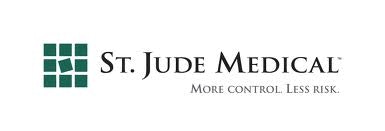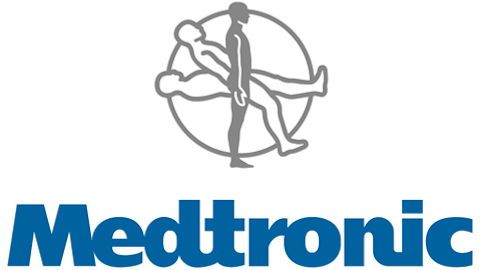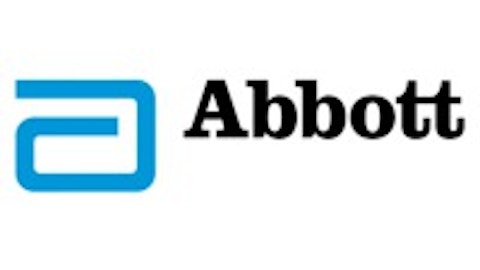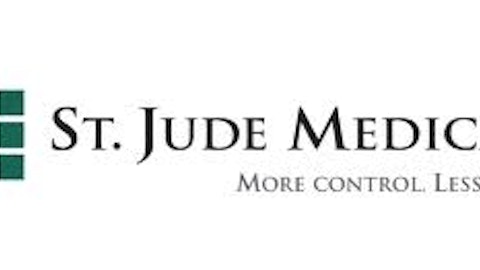Over the last few years the global healthcare industry has witnessed significant growth with most countries spending enormously on healthcare. The expenditure on health care varies widely; the U.S. spends the most, at approximately $8,500 per person in 2012.
However, the outlook beyond 2013 looks hazy. Industry experts believe there could be a possible expenditure reduction of as much as $400 billion in the next three years by the U.S. government on health care. Moreover, as the U.S. is the largest market for medical device manufacturers, this cut in spending could mean a significant hit to their top line.
Therefore, let’s have a look at how these companies will perform in the near future.
Cardiac Rhythm Management segment to be the revenue driver
Recently, St. Jude Medical, Inc. (NYSE:STJ) launched the “Accent MRI pacemaker” in Japan. This innovative machine will be used for performing full body MRI scans, providing patients and medical professionals a complete scan in a single instance. MRI scans are able to indicate minute diseases and injuries that other imaging methods, such as x-ray and ultrasound, are not able to detect.
As of now, this will be the only commercially available MRI system that will allow full body MRI scans. The Accent MRI pacemaker provides the unique ability to scan patients with pacemaker devices without the risk of affecting their device. This launch will helpSt. Jude Medical, Inc. (NYSE:STJ) to regain its declining market share in the global Cardiac Rhythm Management, or CRM, market. Further, it is estimated that the global pacemaker market will reach $5.1 billion by 2015, growing at a rate of 11%. Therefore, this launch provides an incremental revenue opportunity for St. Jude Medical, Inc. (NYSE:STJ).
St. Jude Medical, Inc. (NYSE:STJ) has a 19% stake in CardioMEMS, a medical device company. CardioMEMS has been developing a heart failure monitoring system which is expected to gain approval in late 2013. This heart failure monitoring system will be a permanently implantable wireless device used to monitor the patient’s heart rate. This will allow the heart patient to know the exact duration for which their heart stops beating. Thus, it monitors the heart failure ambulatory management and will reduce the heart failure patient’s hospital stays. The analysts believe that this device provides a $400 million opportunity for St. Jude Medical, Inc. (NYSE:STJ).
A moderate acquisition
On July 1, Boston Scientific Corporation (NYSE:BSX) expressed its plan to acquire the electrophysiology business of C.R. Bard, Inc. (NYSE:BCR). The acquisition price is estimated to be around $275 million, and the company expects the takeover to be complete by the end of the current year. The electrophysiology business deals with the heart’s electrical system.
Currently, the global electrophysiology market is estimated to be worth $2.5 billion, and will grow at a rate of 5.4% through 2014. Further, this acquisition will increase Boston Scientific Corporation (NYSE:BSX)’s presence in the fast growing market for electrophysiology devices and will enable it to treat patients with abnormal heartbeats. However, despite these synergies, electrophysiology device manufacturers are facing pricing pressure across the globe. Therefore, no major contributions are expected to result from this acquisition by Boston Scientific Corporation (NYSE:BSX) in 2013 and 2014.
Recently, Boston Scientific Corporation (NYSE:BSX) implanted its first Vercise DBS system in the U.S. market. This device is used in the treatment of Parkinson’s disease, which is a central nervous system disorder. The Vercise DBS system delivers electrical signals and facilitates the adjustment of current flows to the brain, thereby customizing the brain’s stimulation controls. The device has been approved for sale in Europe, Israel, and Australia and is under the investigational trials in the U.S. According to WHO, about 1 million Americans are living with Parkinson’s disease and 60,000 are diagnosed annually. Once approved, this device will expose the company to a market of $6 billion annually.





